We tell how to choose the right lamps where they are located, what safety standards must be observed to make high-quality lighting in the bathroom.
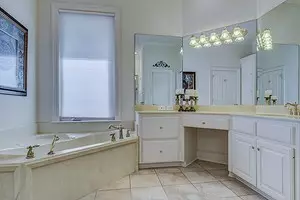
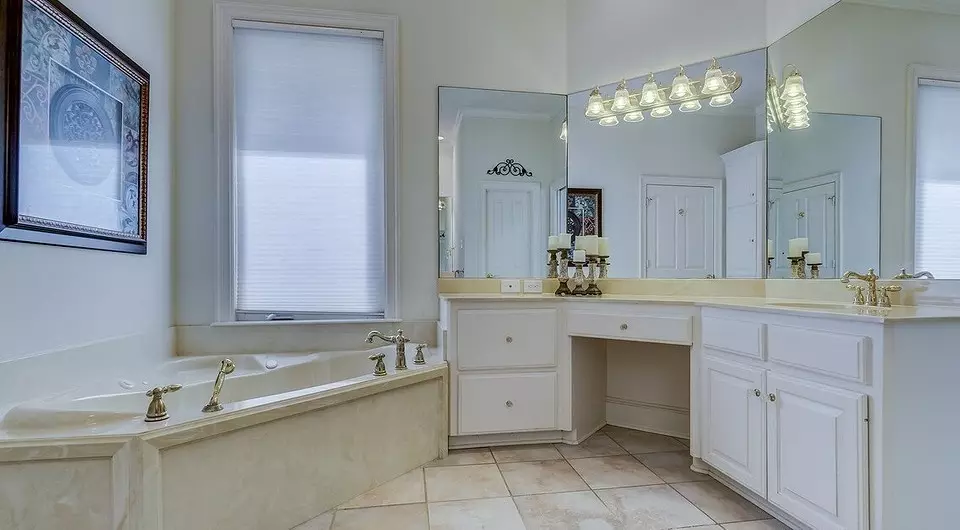
In urban apartments, it is sometimes difficult to embody the designer plans borrowed from foreign glossy magazines. This is due to the limited space, the state of engineering structures, a small energies consumed. It is impossible not to take into account the high percentage of marriage during construction. The communications device also does not always meet the adopted standards. The situation is exacerbated by the fact that over the past few years there have been many non-standard electrical and sanitary devices that are not calculated for typical housing. Despite these problems, there are many design solutions for model apartments and elite new buildings. In the article show what lighting in the bathroom can be: examples and photos.
Proper lighting in the bathroom
What can I do
- General provisions
- Restrictions for individual zones
Choose lamp
How to calculate lighting
How to arrange devices
- Ceiling
- Workspace
- Space near the floor
Designer techniques
Each building has its own characteristics. In some of them, to fix the screw for the lamp, it is necessary to cement it - they do not hold a dowel, no traffic jams in a shuffling wall. It happens that communications are laid with errors. In old buildings, where there has been no major overhaul, wiring requires replacement. Before starting work, you must make sure that everything works fine, or lead the electrical in the proper condition. To do this, it is better to use the services of the electrician.
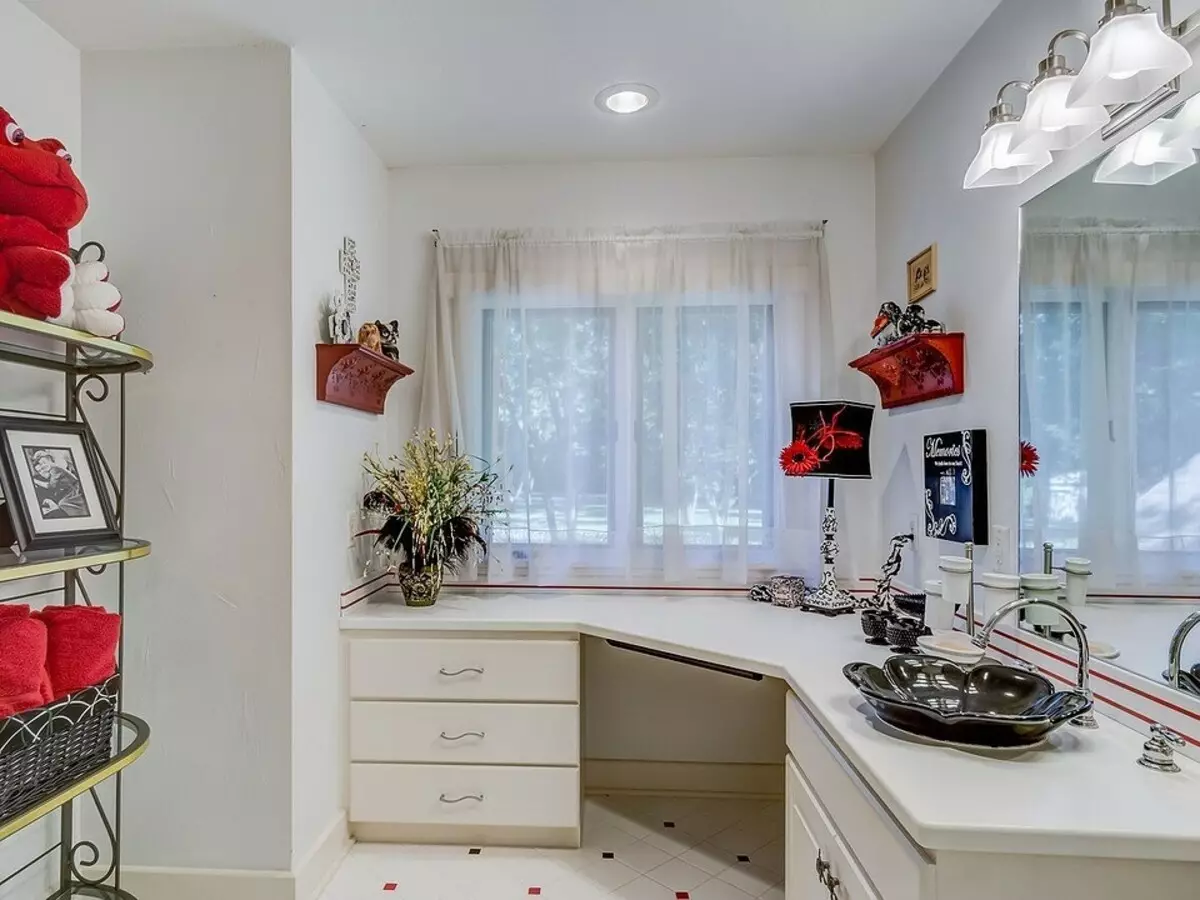
What can I do
There are prohibitions for the entire room and for its individual zones.Restrictions on GOST and SNIPM
Forbidden events are listed in local legislation. In different regions, these lists may have differences, but they mainly coincide. For Moscow, there is a resolution No. 508 of PP. According to this document, the laying of fines in reinforced concrete plates and interpanel seams is prohibited. You can run the channels in the finish or under the tensioning ceiling or drywall of the metal frame.
Some restrictions are introduced GOST and SNiP. Technical standards prohibit the open wiring. You can use only a triple wire with a phase, zero and protective residential. Each of them should be in its protective shell. All three veins are connected together under an additional layer of isolation. The use of metal coating without insulation is not allowed. For gasket, you should use corrugations or plastic pipes. Apply metal can not. If the cable is damaged, such a coating will not be able to protect against shock. It is not allowed to use a tape.
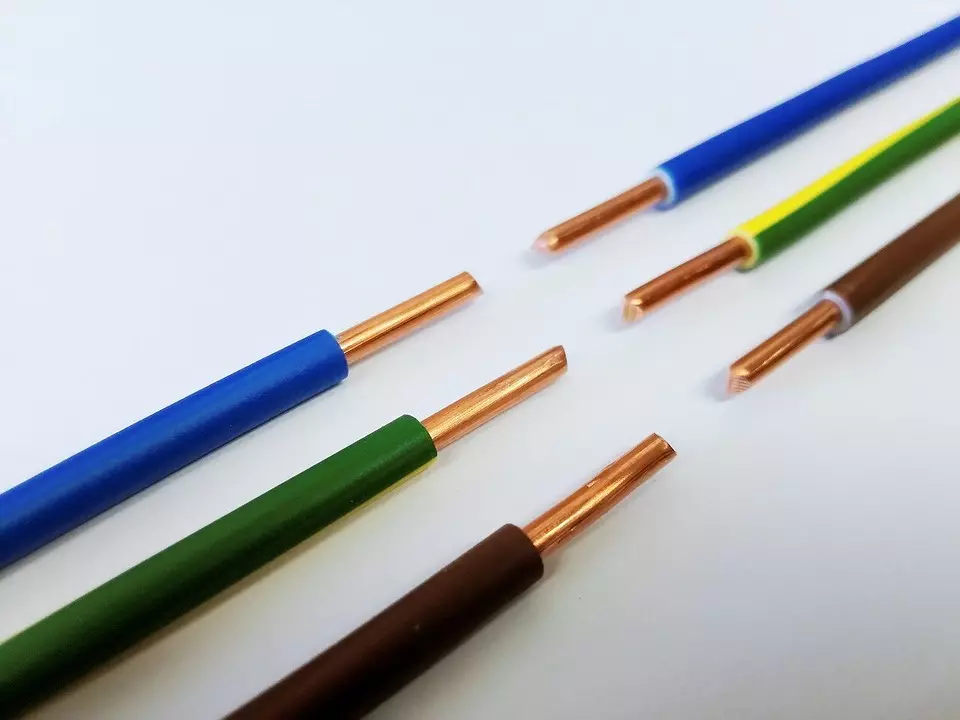
On communications should not save. The cross section is better to take it thoroughly so that it lives did not overcome with intensive loads. Usually an aluminum cable with a cross section from 4 mm2, or a copper 2.5 mm2 is used. It is impossible to connect copper and aluminum - it will lead to the reaction between them.
In the bathroom it is forbidden to place switches, gearboxes and junction boxes. Sockets and all devices must have a protective shutdown device (UZO). There are special models for wet premises. All means must be grounded. To reduce the risk to a minimum, you can even ground the bath if it is made of steel or cast iron.
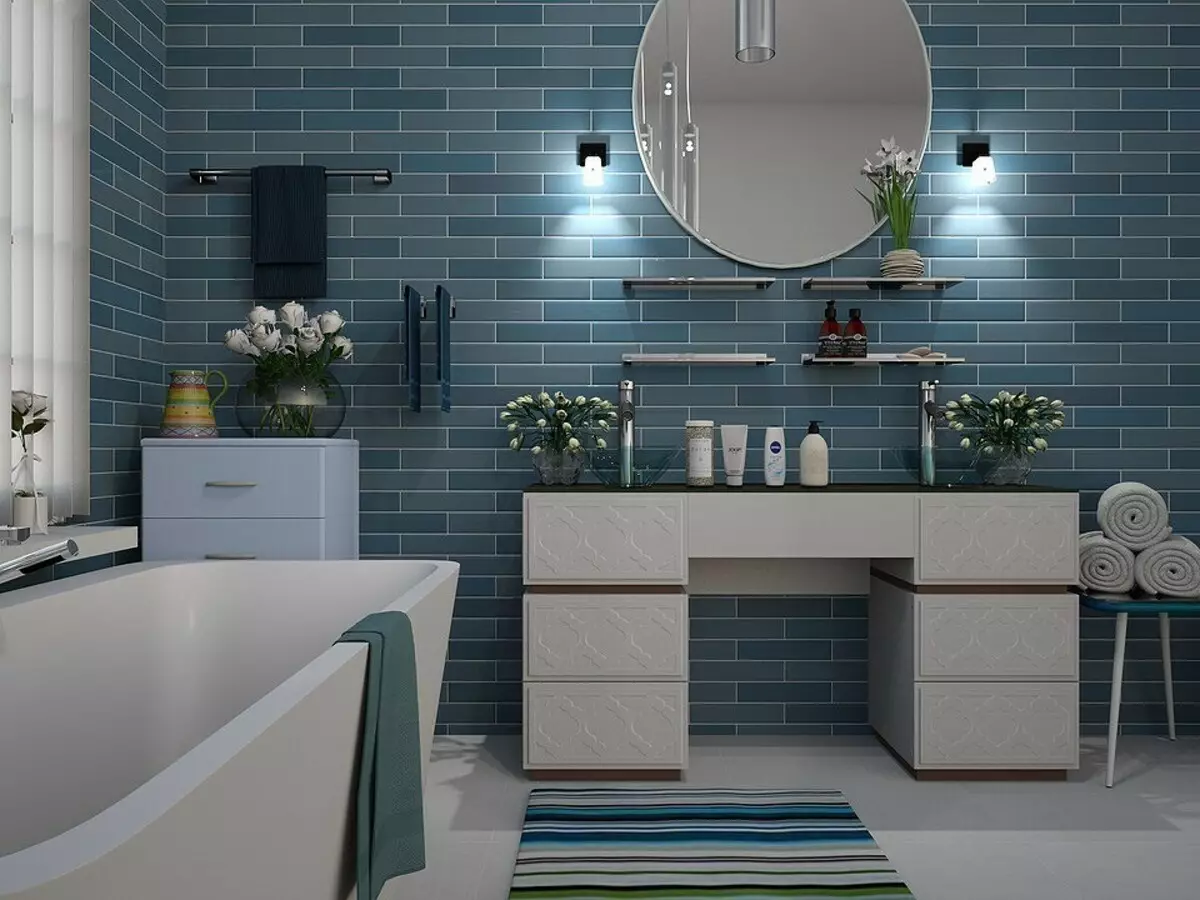
In no case cannot be grounded independently, connecting the wire to the heating battery or tap pipe. This may be dangerous to life and health.
According to the Civil Code of the Russian Federation, any changes requiring submission to the TEP and the BTI plan require the creation of project documentation. Only an engineering organization with the admission of SRO can be the project. Documentation must be coordinated in government instances. The lighting device, as a rule, can not be attributed to the reorganization, however, it may be part of the plan, requiring a number of changes in the planning and energy supply of the apartment.
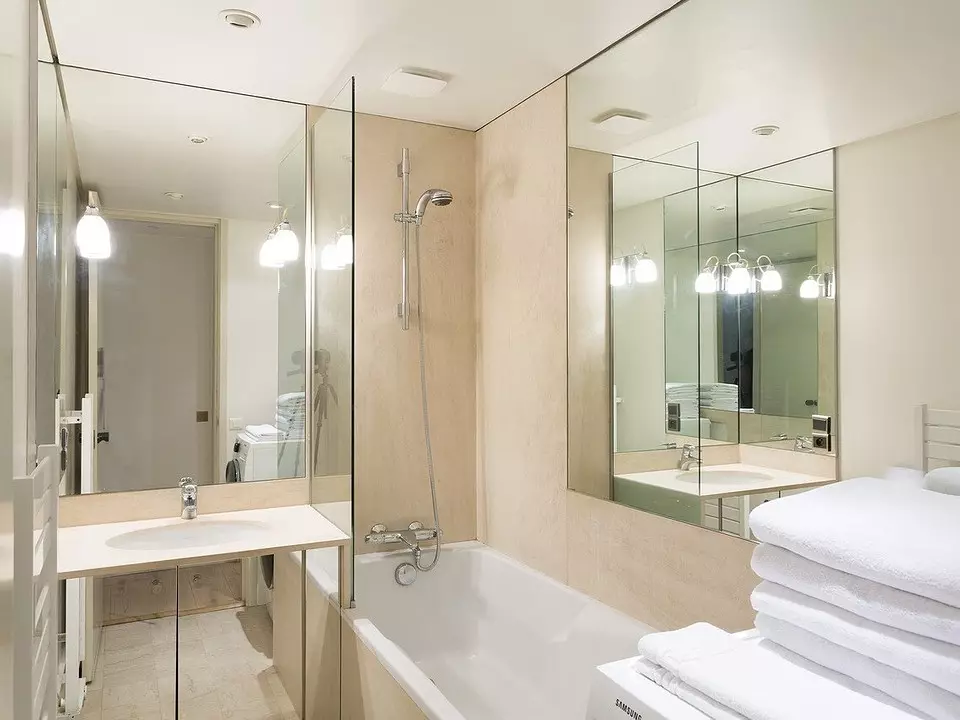
To prevent a mistake before starting work, it is necessary to carefully plan and calculate. In order not to get a blow to the current, it should work with the disconnected electricity.
Restrictions for individual zones
Lighting in a bathroom of a small size, as well as in the spacious room depends on the zones with different degrees of humidity. You can select four sections:
- Space over the bathroom, as well as inside the shower cabin, where there is especially much water and steam, and the humidity concentration is highest. Here you can install the lamps with a capacity of up to 12 W with an IP 674 and more protection index. This parameter is always indicated on the package or in the instructions. The first digit means the degree of protection against dirt. It is in the range from 1 to 6. The second shows how well the product is protected from water and steam. The maximum value is 8. With this level, it can be immersed in fluid for a long time. The last digit is shockproof. It is ranging from 0 to 10.
- Space adjacent to washing and shower and other plumbing. Drops of water can be flown here. You can use lamps with a power of up to 24 W and IP 452 degree.
- The area located at a distance of 50 cm from the sink and other devices. There are no longer constraints here. The index must be no lower than IP 242.
- The last plot is all that is next. Drops here usually do not come. Moisture is chosen in the form of a couple and condensate. This area uses devices with an IP 011 index and above.
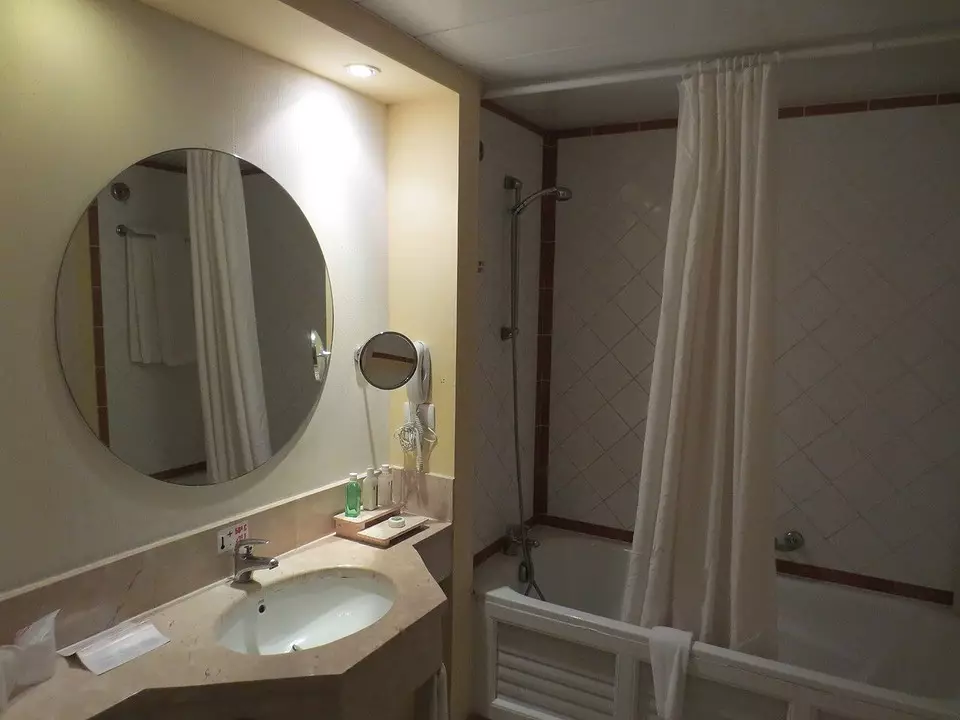
Such zoning is applied regardless of the presence of an exhaust. It is suitable for individual and combined with toilet bathrooms.
Choosing a lamp
In wet rooms it is allowed to use any types of lamps. Each of them has its own strengths and weaknesses.Halogen
This is a good option for any squares - and large, and small. They serve for a long time, possess high light student. They can be installed in any suspended ceiling coatings, even in those that poorly carry the temperature. For example, PVC film begins to melt and lose the form at 60 degrees. Usually, with a strong heating, it frowns and saves near point lamps, but in this case this does not occur. The only disadvantage is that for models with weak power you need a lower adapter. Products can have different colors.
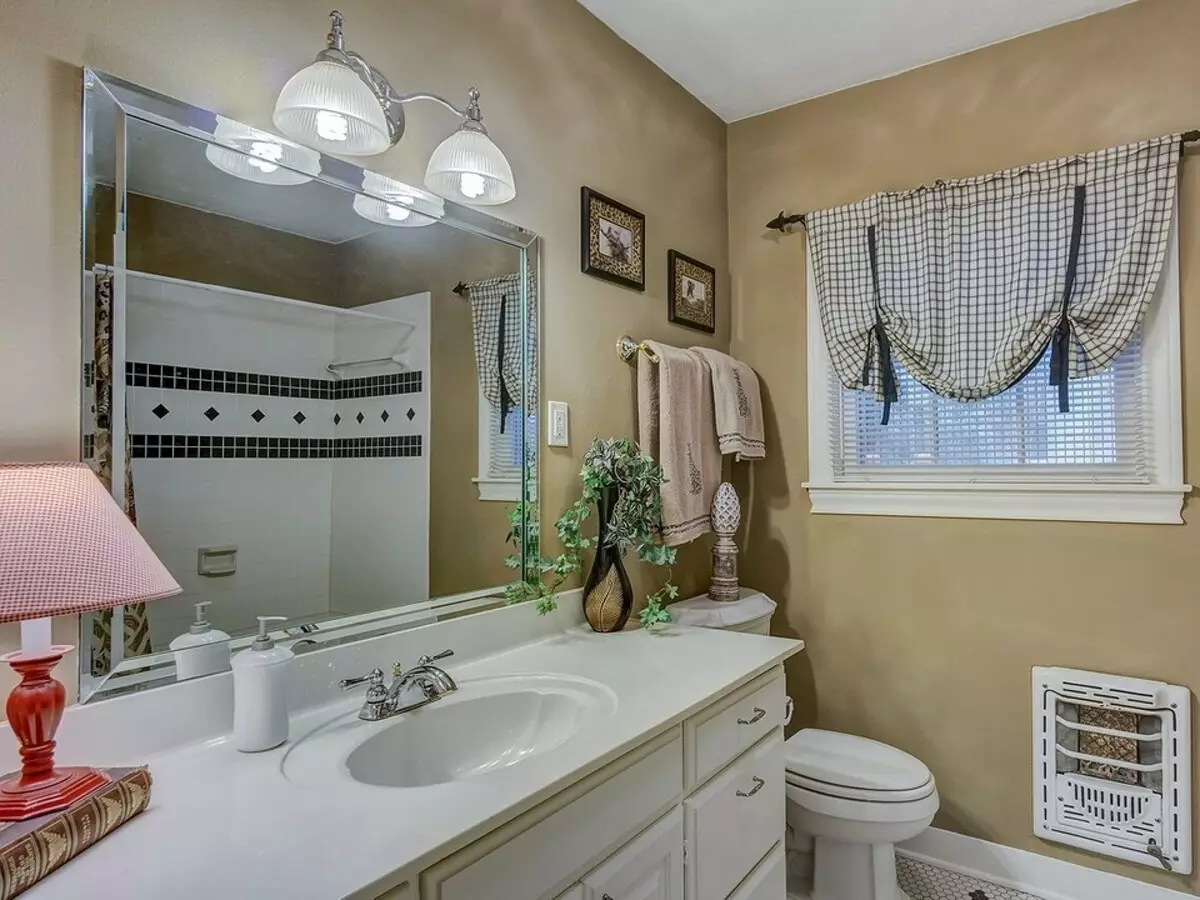
Luminescent
Their advantage is that in contrast to halogen, they are able to give a warm and daylight. Their power is lower. It does not exceed 150 W. When working, they make a characteristic sound that may seem annoying.
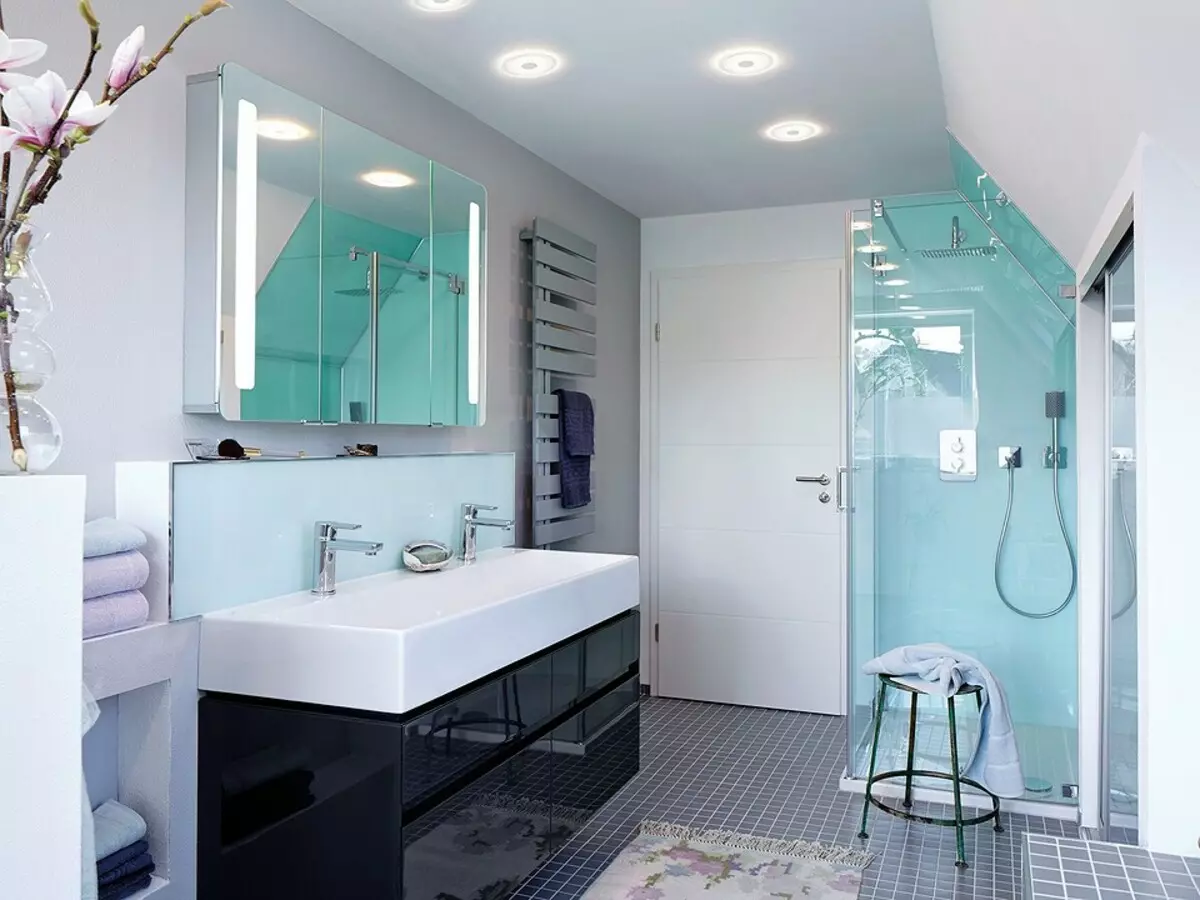
Incandescent lamps
They are the least economical and have a small service life. When working greatly heated. The only advantage is low cost.
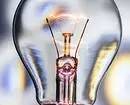
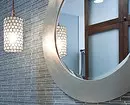
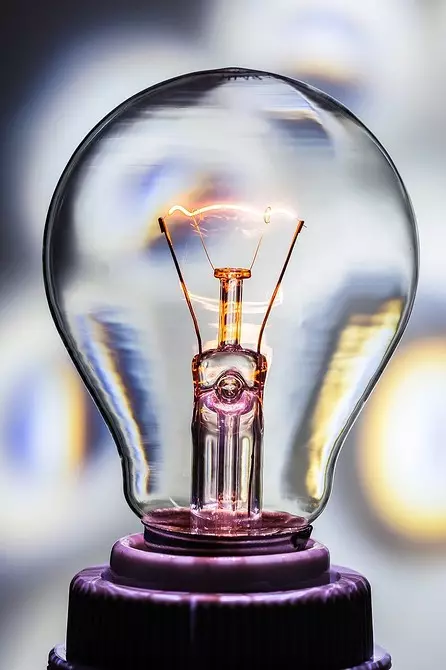
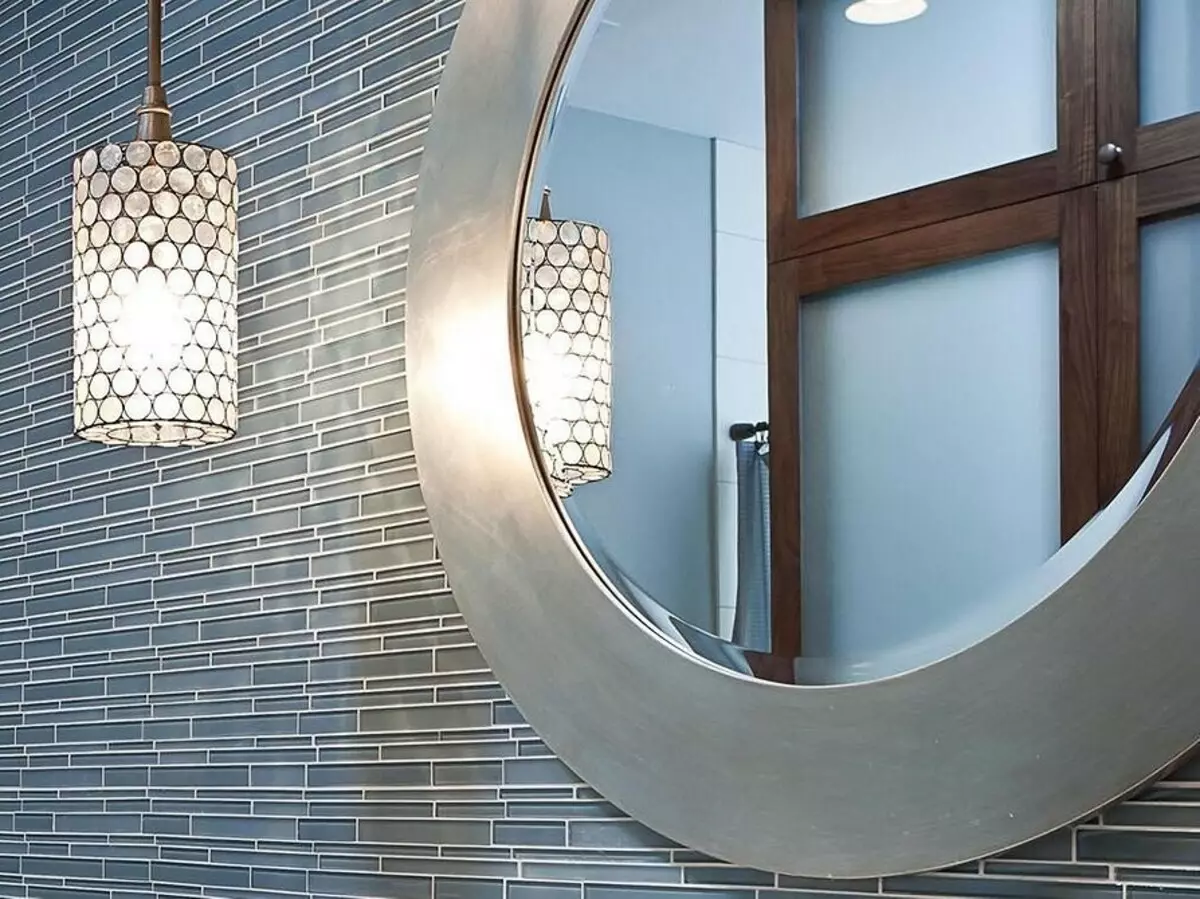
LED
LED lamps are aimed at the most economical. This is a rather unusual way of lighting. It is often used for mirrors and niches.
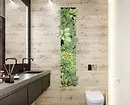
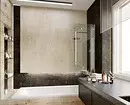
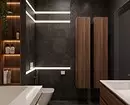
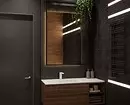
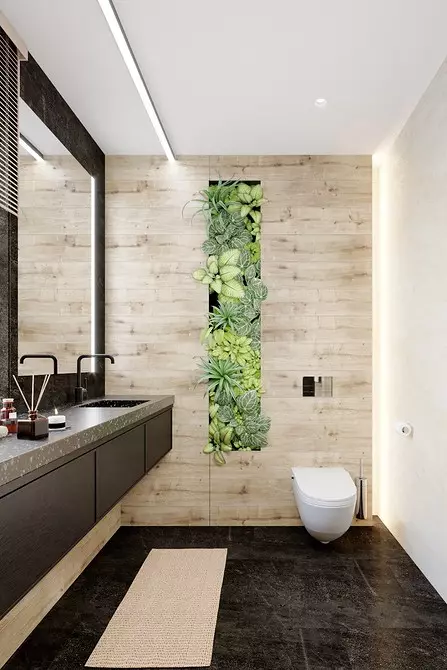
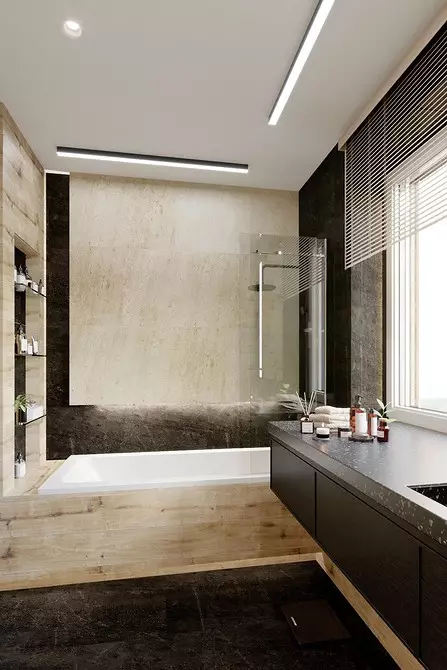
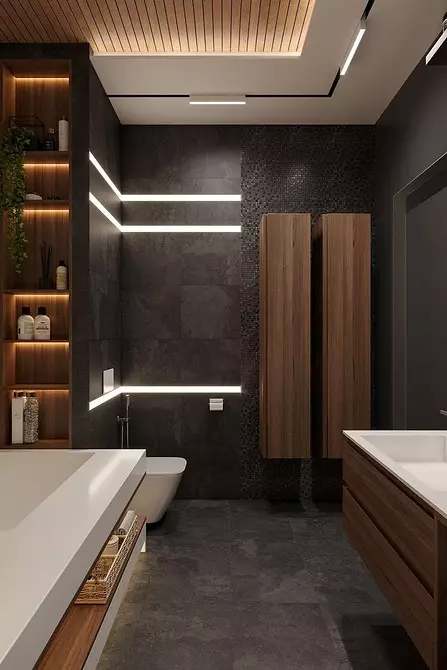
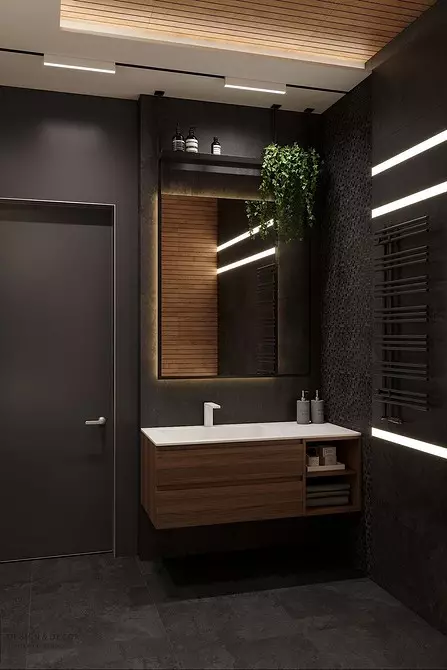
How to calculate lighting in the bathroom
The calculated parameter is the brightness. It depends on which lamp is used, as well as from its power. According to the current standards, 1 m2 should account for at least 50 lumens (LM). To better understand what Lumen is, imagine the flow of rays from the spiral under the glass shell. With the power of 100 watts, it is 1300 lm. 25 watts create a stream of 200 lm. LED lamps are more efficient. With power from 40 W, they give approximately 6000 lm. It is three times more than in luminescent, nine times more than halogen.
To find out the required amount of devices, you need to count how many lumens give 1 W, and then determine which power should be per m2. The result should be multiplied by the area of the room.
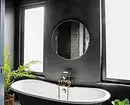
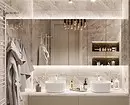
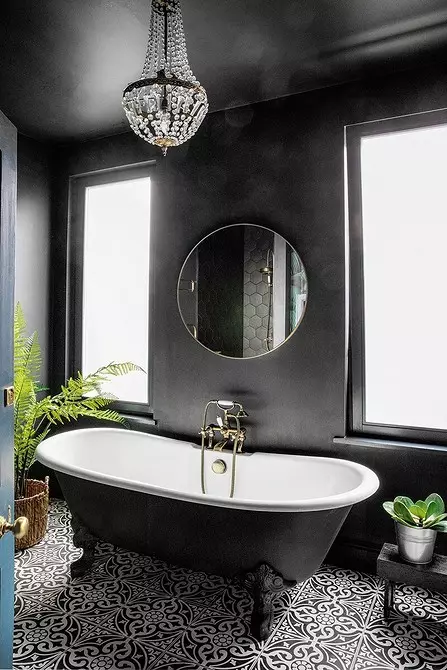
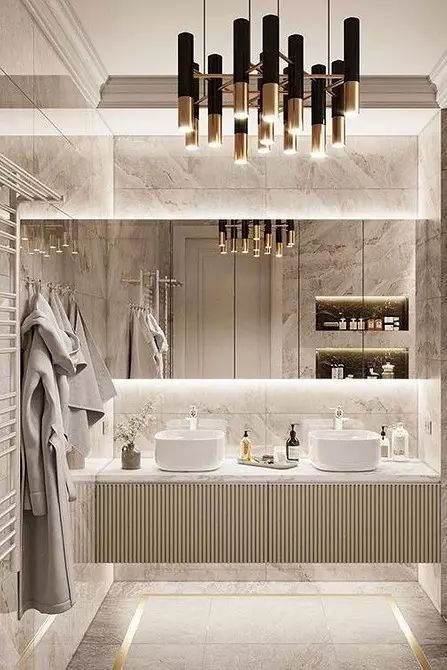
How to position the light source
The location scheme can be quite complicated and include several tiers.Ceiling
With low ceilings should not hang massive chandeliers. Flat designs that do not take out space are more suitable. You can install a flat lamp model to the overlap. For the upper part of the walls are suitable spherical plaffones. The kit includes fasteners that are mounted on screws. They are posed opposite the entry or above the door. They will look good if they are placed around the perimeter.
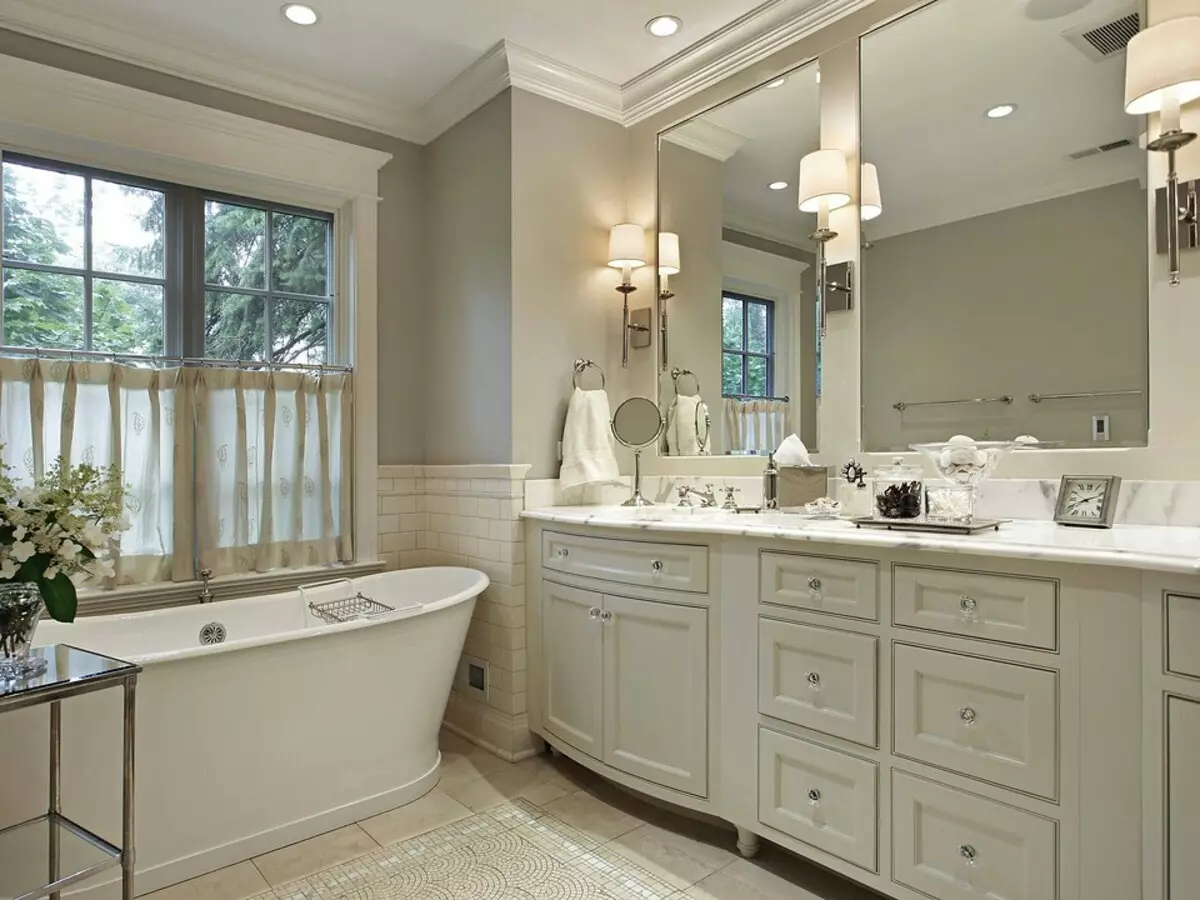
Based on the plasterboard, as a rule, the plaffones do not hang. It is more convenient to post point lamps on it. They take less space, it is more difficult to damage them. In addition, they create fewer shadows, as they are located over the entire surface. Before installing them, you need to make a layout. Wires are laid in corrugation or plastic tubes. The advantage of frame systems is their rigidity. Tubes can be simply put on sheets without fixing them.
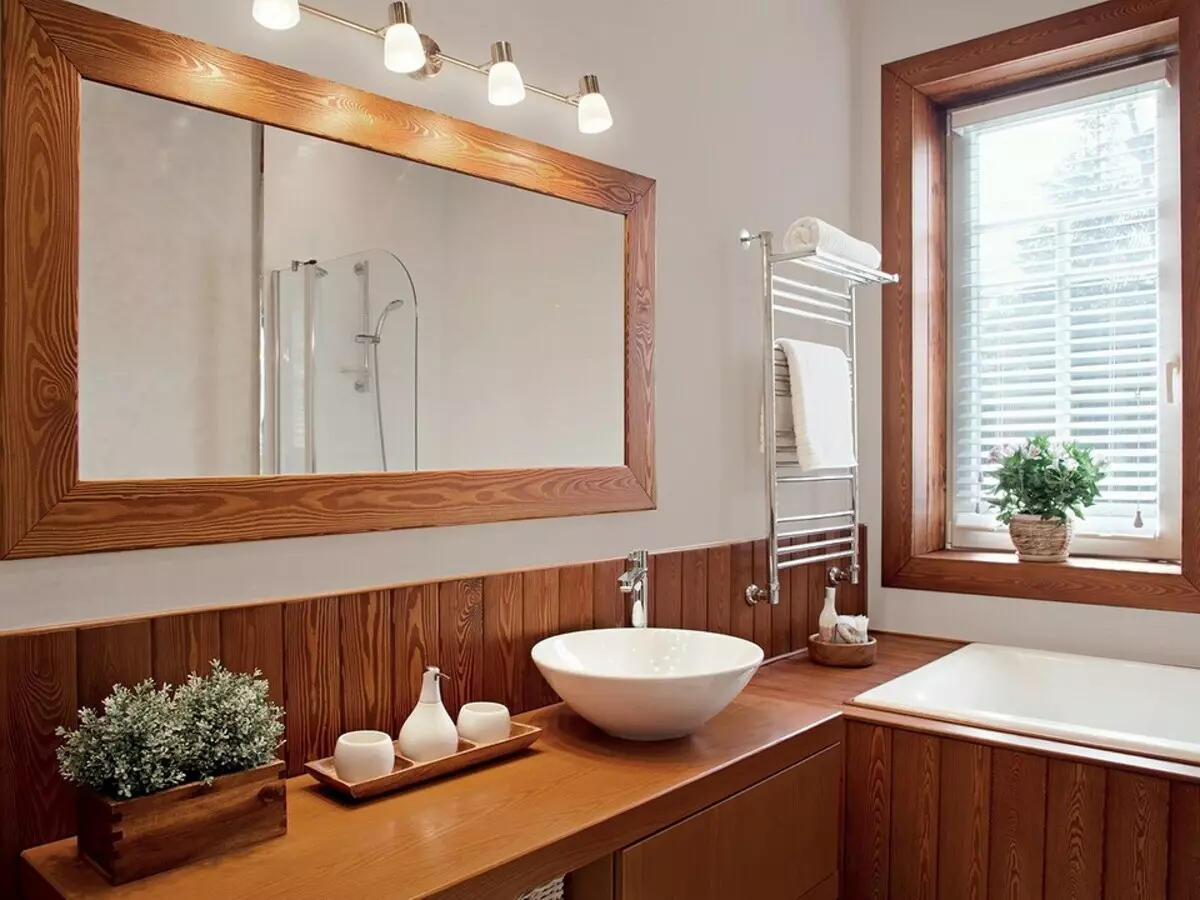
Appliances are removed to 20 cm long ends. They should not be in contact with a metal profile. Holes in drywall are cut through a special cylindrical nozzle. To insure yourself from mistakes, it is better to do it after installing sheets.
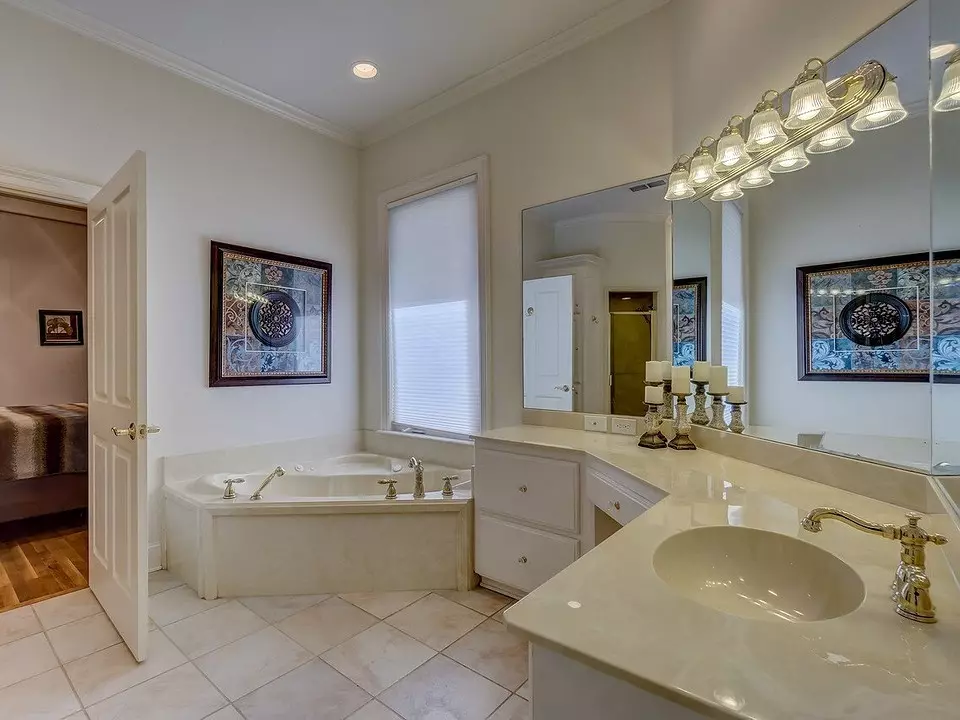
To install the wiring under the stretch ceiling, it must be fixed on the ceiling with the help of clamps made of plastic. Metallic is better not to use, as they spend current. Luminaires are attached to special racks mounted on the overlap. They must be adjusted by the level of the canvas. In the coating over them with a sharp well-sharpened knife, holes are cut. They are framed by the framework included in the kit.
The distance between the overlapping and film or sheet must be at least:
- 12 cm for incandescent lamps;
- 7 cm for halogen.
In high and spacious rooms you can hang chandelier. If the suspension system is used, the hole is better to close the frame so that it does not spread.
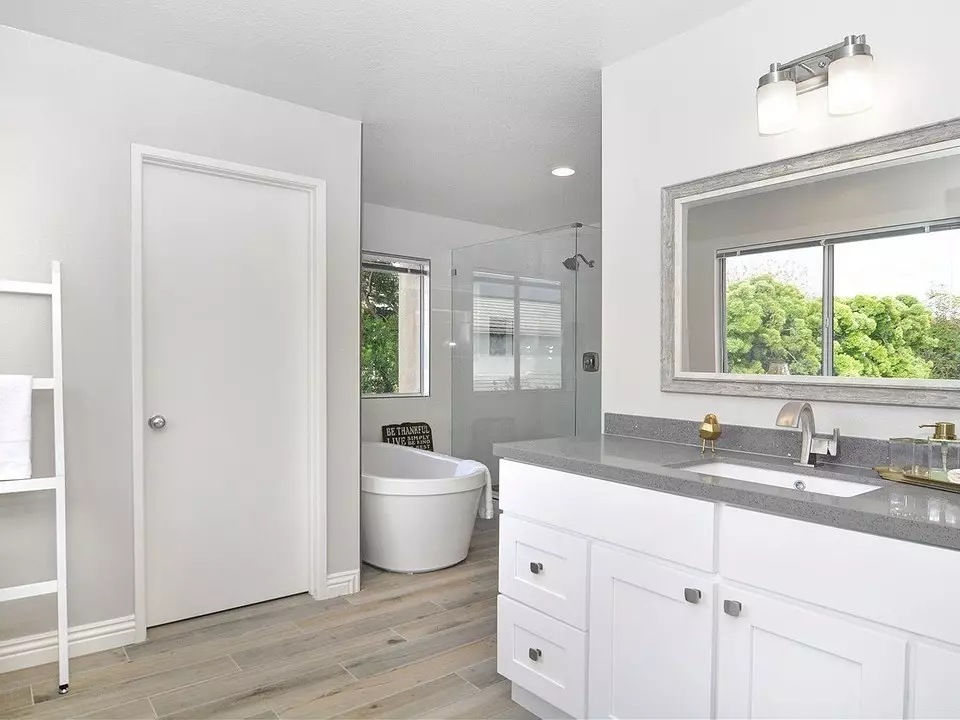
Niche and mirrors
The lamps near the mirrors should be directed down to the shelves or per person to make the reflection brighter and clear. Fasten them from above and on the sides. It is convenient to use devices on brackets that change their position. From the bottom there will be good miniature dull lamps, not irritating eyes.
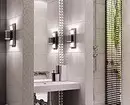
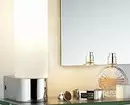
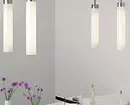
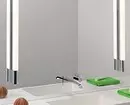
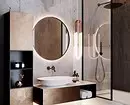
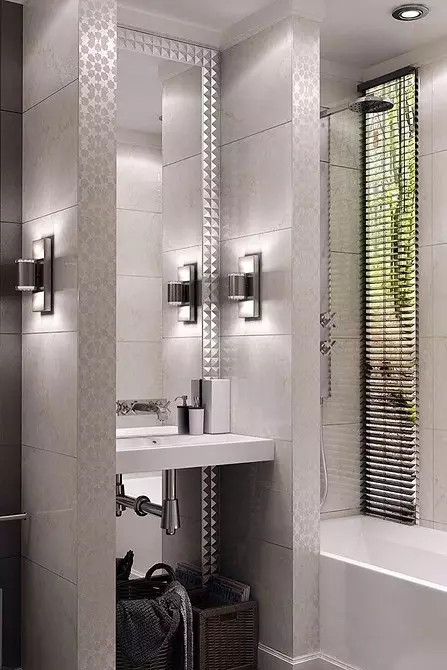
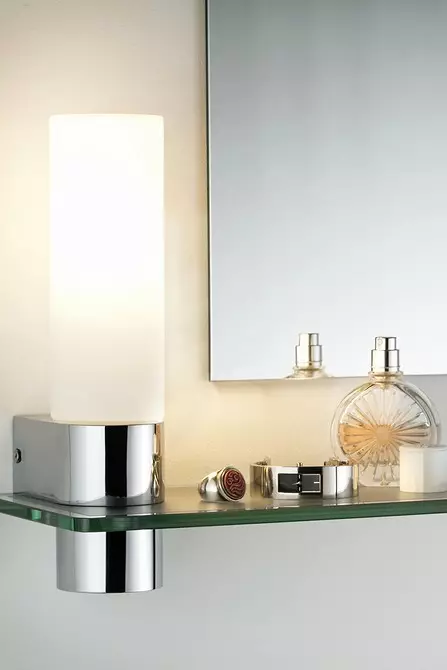
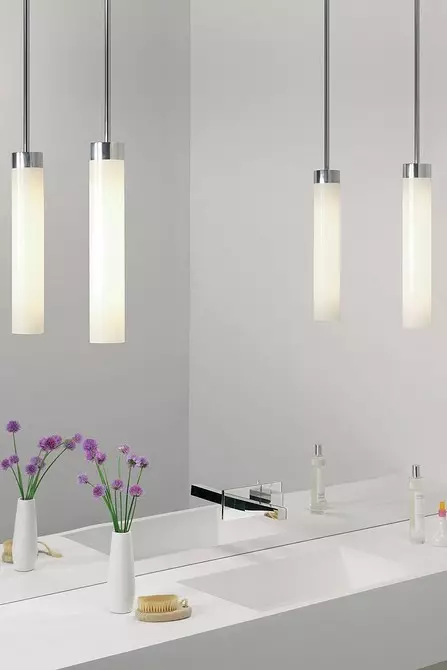
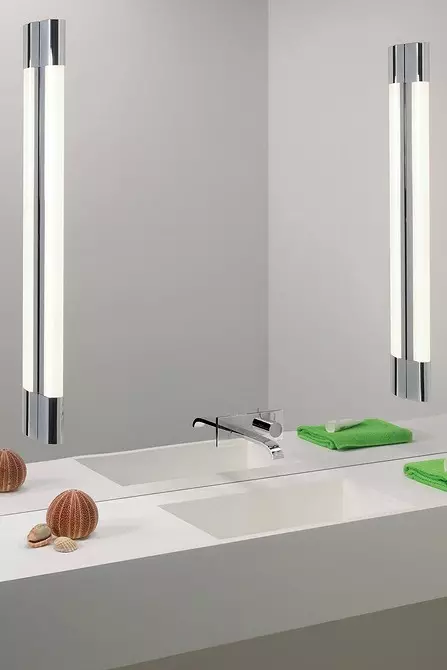
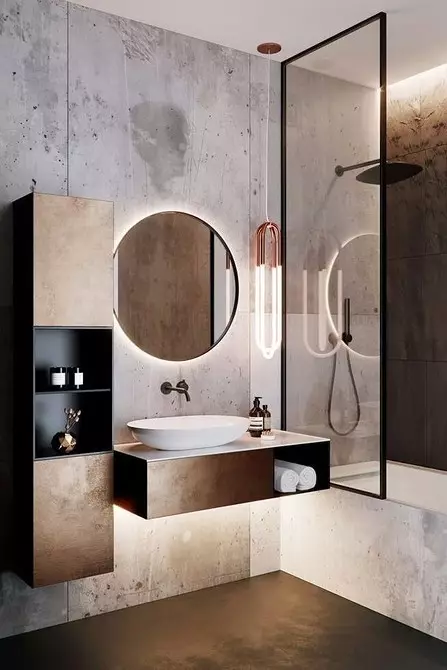
Space near the floor
As a rule, it is the podium or bottom of the bath. The backlight can be installed even in the floor covering. It usually performs a decorative function and creates a special atmosphere that promotes relaxation.
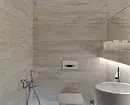
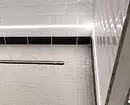
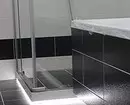
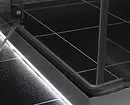
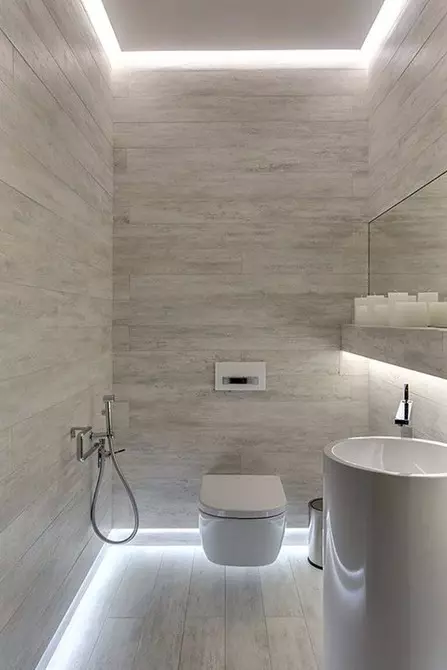
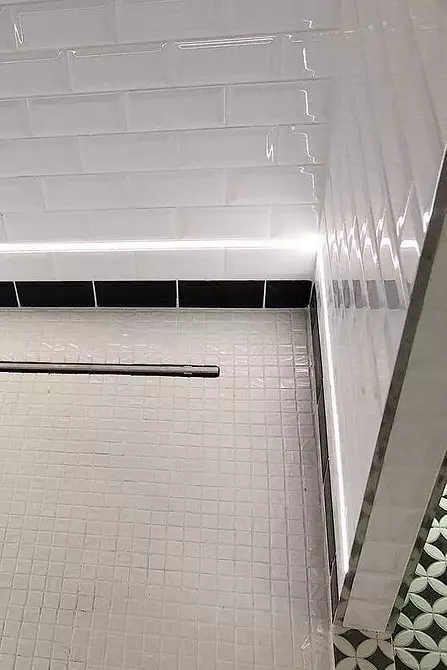
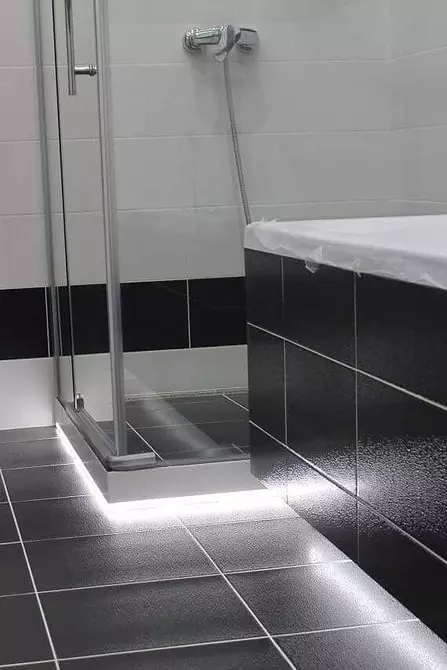
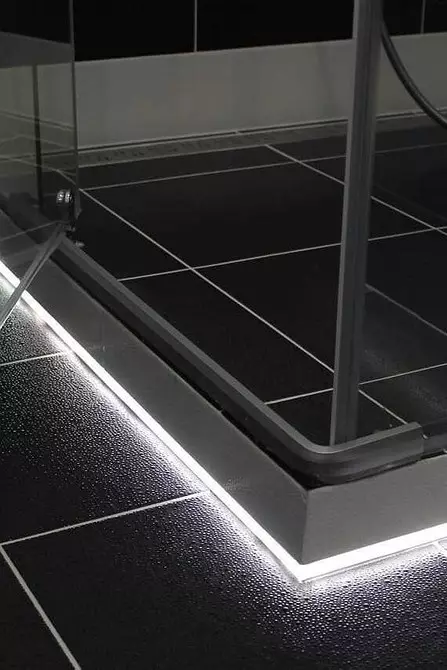
Designer techniques
Beauty is a notion of subjective, but there are principles of harmony and compliance with parts that are clear to everyone at an intuitive level. For example, a huge chandelier in a small room will look bad. Do not be too carried away by mixing styles and mix the classics and high-tech. However, with good creative intuition, you can do a sophisticated kitch.
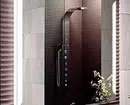
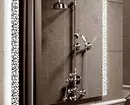
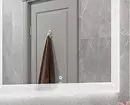
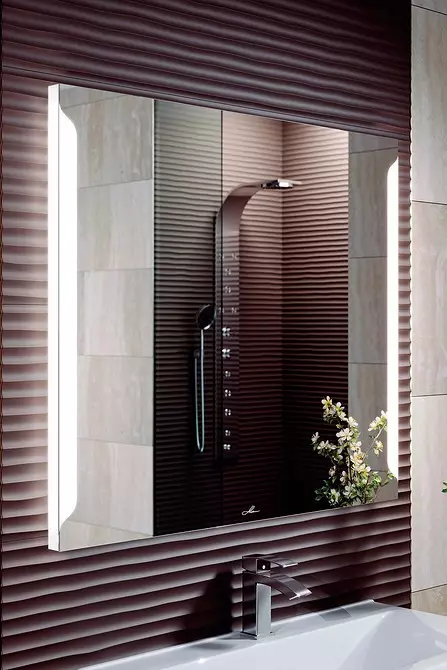
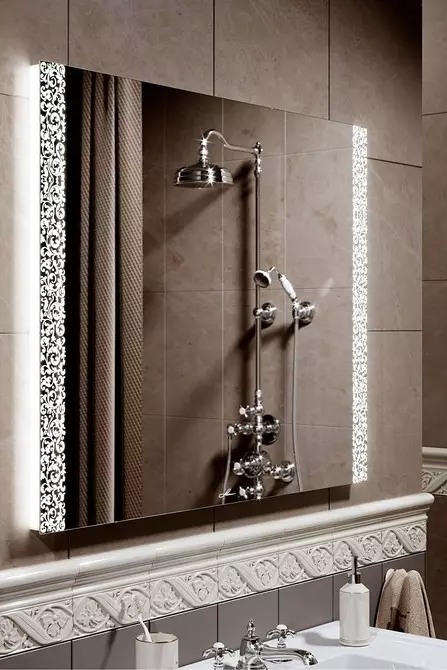
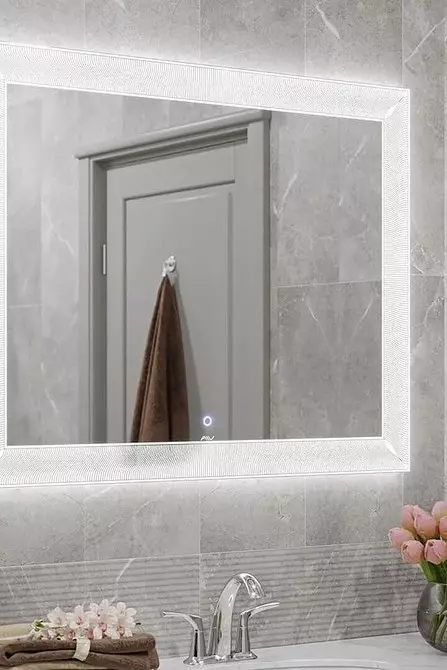
Focus on convenience
When making the interior in the first place should be convenience. A group of point luminaires can be placed where they are needed. It is necessary to place the devices so that there are no shadows, observing the principles of uniformity and symmetry. Some designers advise focus on some bright detail. Such an element can also serve as a central plander, but it is better to highlight an important element of the interior by sending rays to it or taking backlight.Use the advantages of planning
With a ceiling height from 3 m, it is possible to use rays reflected from walls and floor. To do this, the lamps directed down and a little inside are mounted in the top of the wall. If you need to achieve soft and scattered, the devices are directed up and hide them for a wide plinth or decorative covers to hide them from the eye.
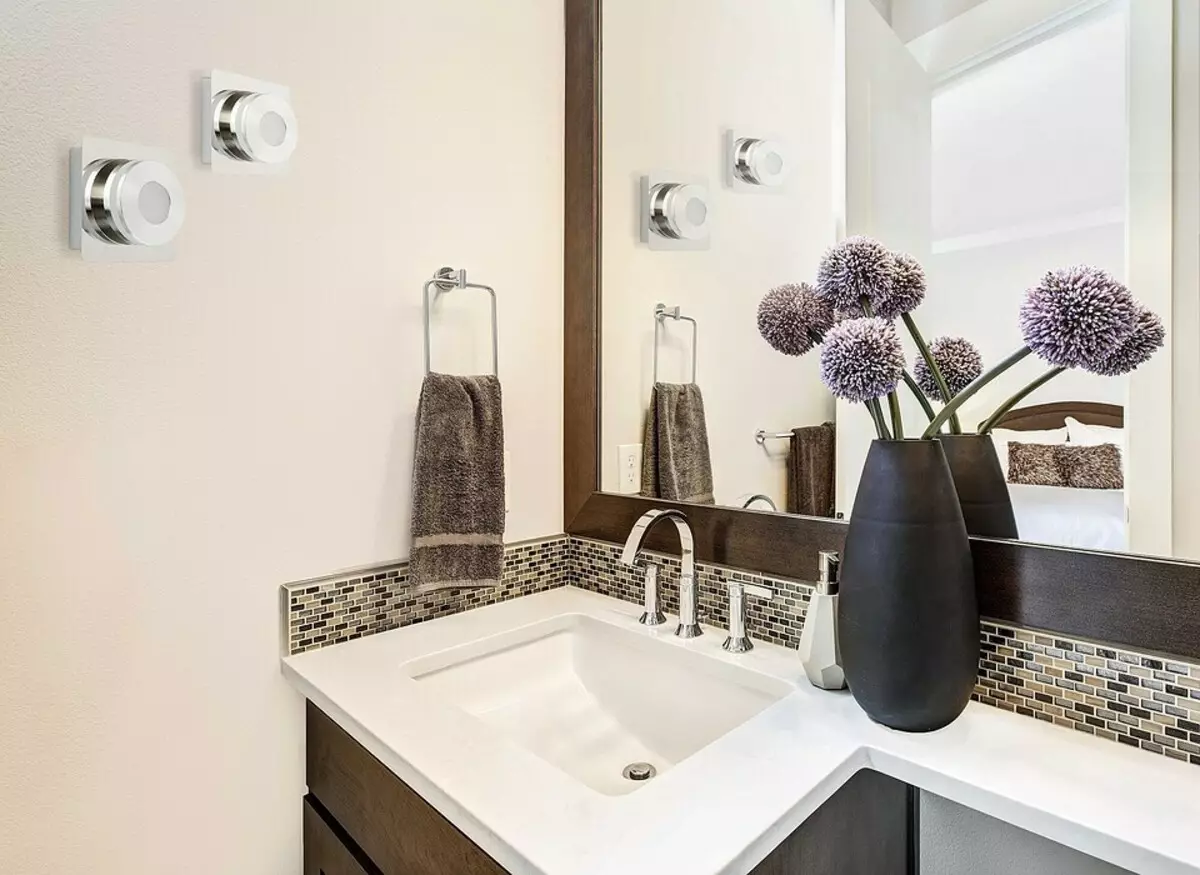
Highlight the working area near the shell
Special attention should be paid to the working area near the shell. There should be no shadows here. With excessive brightness, the rays will make eyes and create glare, with insufficient intensity it will be difficult to carry out cosmetic procedures. The lighting above the mirror in the bathroom is better to be made as close as possible to the natural, so that it does not change the color of objects. It is most convenient to use scave on flexible adjustable racks.
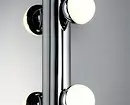
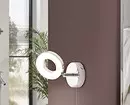
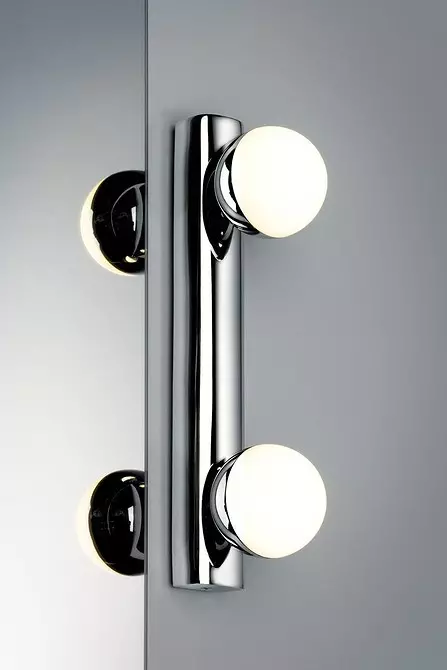
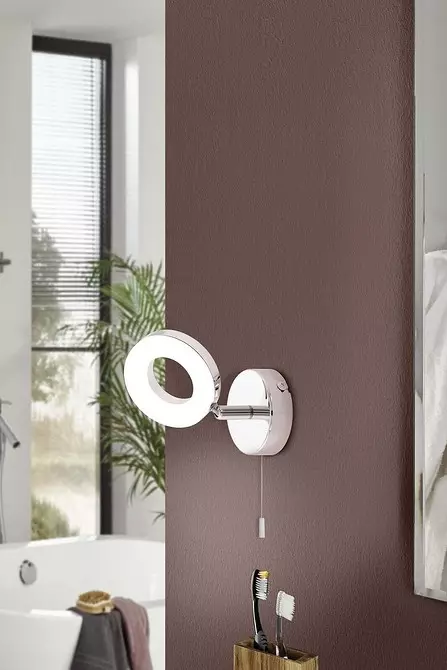
Podiums and steps can be decorated with LED ribbon - so they will be easier to notice. With this reception, any important element of the interior can be distinguished, and not only below, but also on top.




